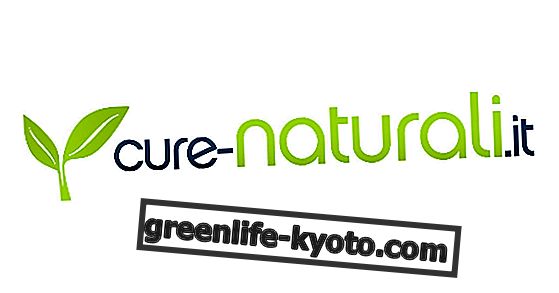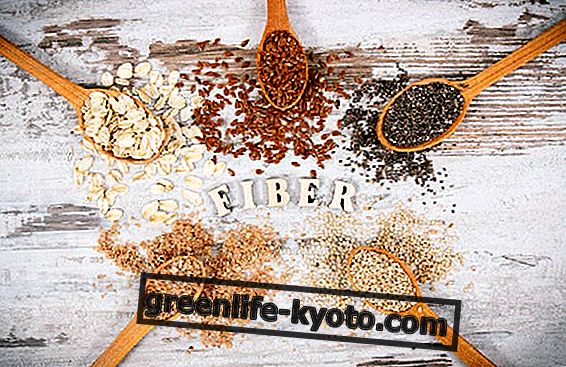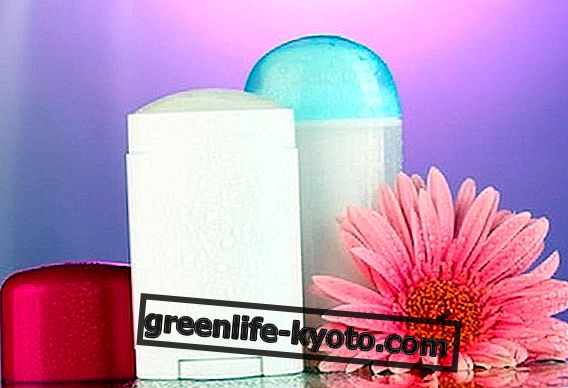Apricot oil is obtained from the cold pressing of the fruit pits and is nourishing, emollient and regenerating . Let's find out more about its cosmetic properties.

Description and composition of the apricot oil
The apricot tree is a family of the Rosaceae, the same family as the peach tree, the cherry tree and the almond tree. Its name derives from the Arabic word "albarquq" which means "beginning" and this name is due to its early flowering, which occurs in spring.
It is native to China and is now grown mainly in Morocco, but has long been mistakenly taken from Armenia, hence the botanical name Prunus armeniaca.
The apricot oil is obtained by cold pressing of the stones, rich in oleic acid, vitamins A and E. In addition to the nourishing and emollient power, apricot oil restores radiance and tones the skin. It is also regenerating and anti-dehydrating, it strengthens the hydro-lipid film of the skin and therefore helps to delay the effects of aging.
It has a liquid and fluid appearance, a color ranging from light yellow to orange and a slight smell of walnut. It is a particularly fatty oil, so to improve absorption by the skin it is advisable to mix it with more penetrating oils, such as hazelnut or Macadamia.
Apricot oil is composed of polyunsaturated, monounsaturated and saturated fatty acids, in particular it contains about 25% linoleic acid, 5% palmitic acid and 70% oleic acid ; the latter is very nourishing for the skin and makes it more elastic, softer and more radiant.
It also contains Vitamin E and Vitamin A, phytosterols and triacylglycerols: vitamins are antioxidants and contribute to having a healthy looking skin; phytosterols are anti-inflammatory, improve the barrier effect and the microcirculation of the skin, protect against the harmful effects of UV rays and slow down the aging of the skin; triacylglycerols are responsible for the emollient and soothing action and thanks to these, apricot oil helps to rebuild the hydro-lipid film present on the stratum corneum of our epidermis.
In cosmetics purchased or made at home, it is inserted in the fat phase of the formulation to create anti-aging face creams and anti- wrinkle and emollient creams for the neck and hands.
Properties, calories and nutritional values of the apricot
Properties and use of apricot oil in natural cosmetics
Apricot oil is indicated for dry, tired, wrinkled and without tone; it can be used pure on the skin, or mixed with other vegetable oils, butters and essential oils to obtain day or night creams for the face and body, or massage oils for the body.
To make a suntan oil, for example, you can use apricot oil mixed with oily carrot macerate and carrot essential oil; to prolong the tan, one can instead apply every evening on the body an oil prepared with 70 milliliters of oil of apricot, 20 milliliters of oil of Plum and 10 milliliters of oil of Buriti.
To obtain an anti-wrinkle oil suitable for dry skin, the ideal is the synergy with borage oil and Rosa Canina, or with Shea butter, cocoa butter previously dissolved in a bain-marie and wheat germ oil in case of very dry skin.
A soothing after-sun oil that restores softness and elasticity to the skin, it can be prepared by simply adding ten drops of lavender essential oil to ten milliliters of apricot oil.
An effective anti-wrinkle eye contour to be applied during the night is instead prepared with five milliliters of Rosa mosqueta oil, 2 milliliters of Argan oil, two of apricot oil and one of Avocado oil.
Apricot oil can also be used to make face masks, ideal for deep cleansing dry skin, giving them softness, elasticity and brightness: just mix a tablespoon of clay.
The apricot oil is purchased in herbal medicine, has a low cost and since it is a stable oil it can be stored at room temperature away from sources of light and heat.













